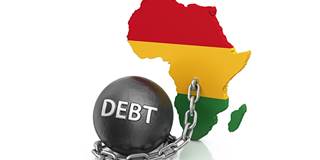The Debt Challenge to African Growth
From increases in life expectancy to steep declines in infant mortality, many of Sub-Saharan Africa’s development indicators are heading in the right direction. But with public-debt levels increasing, fiscal reforms are needed to ensure that the region's progress isn't stifled by interest payments.

WASHINGTON, DC – Sub-Saharan Africa is confronting a pronounced rise in public debt. At the end of 2017, average public debt in the region was 57% of its GDP, an increase of 20 percentage points in just five years. While this is well below the peaks of the early 2000s, the current spike is concerning.